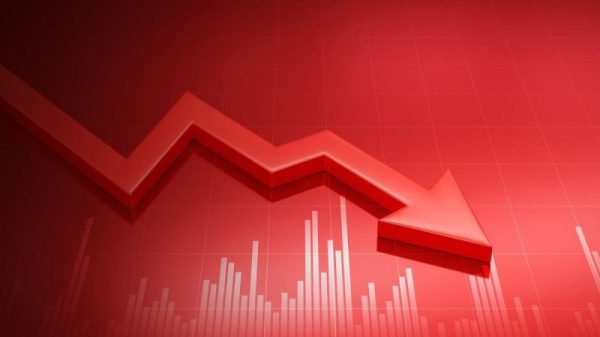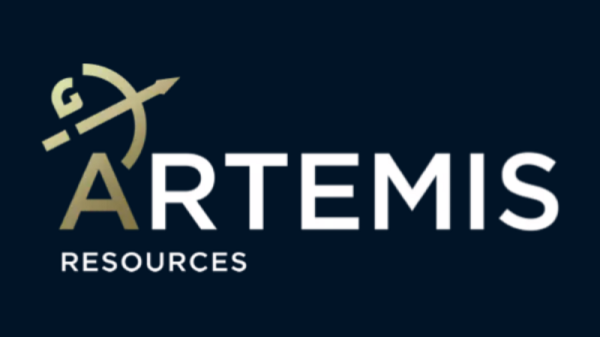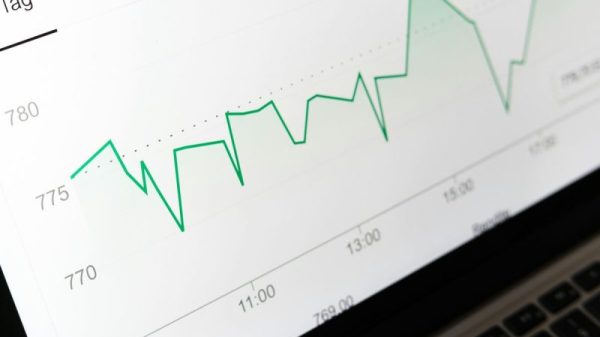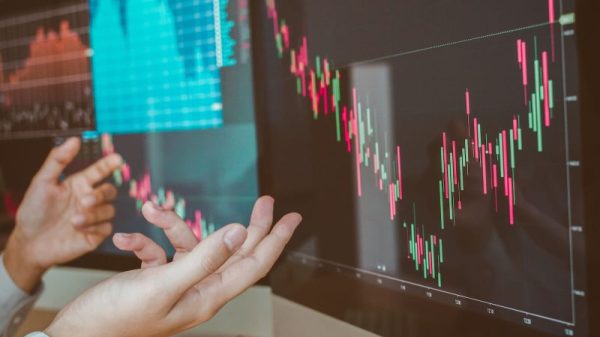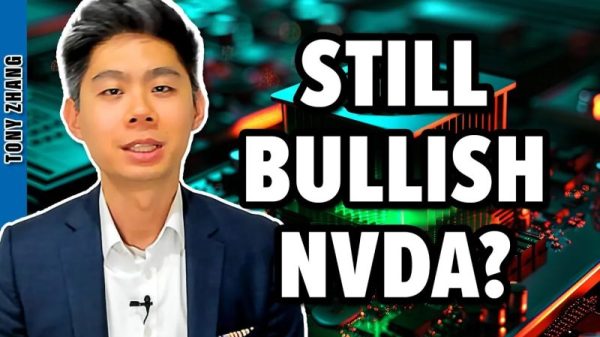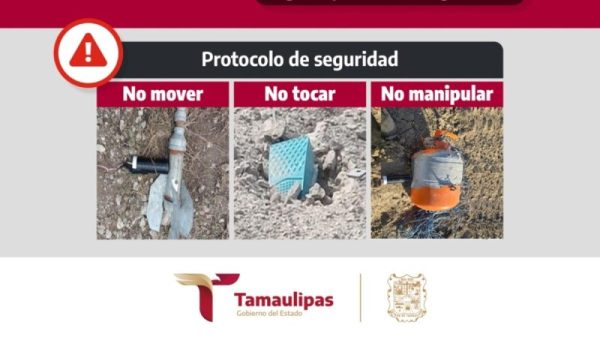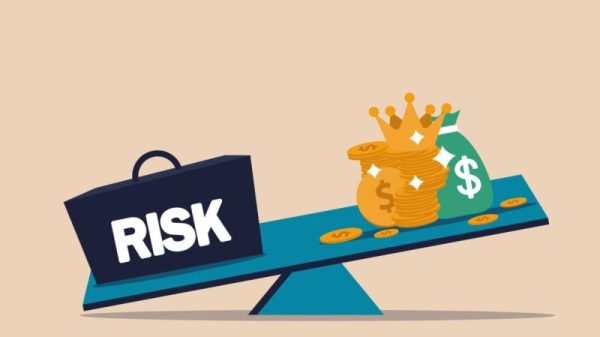In this interview, Ben Tucker, Director of PM for Infrastructure Management at Digi International, delves into the shifting landscape of supply chain management, focusing on the critical areas of asset and inventory monitoring.
He discusses how IoT technology, possibly combined with AI and machine learning, is revolutionizing organizational operations, driving improvements in efficiency, security, and agility across various industries.
IoT Business News: According to research from SAP, 52% of business leaders believe their supply chain needs improvement. What kind of challenges do organizations face when it comes to asset and inventory monitoring?
Ben Tucker (Digi): Organizations face several asset and inventory monitoring challenges that impact their supply chain efficiency. Many of them struggle to obtain real-time data on asset locations and status, making it difficult to make timely and informed decisions. Indeed, data accuracy is an on-going challenge, leading to errors in inventory levels, eventually causing stockouts or overstock situations.
Businesses also struggle to integrate IoT devices with existing systems, which require robust network infrastructure and reliable sensors, not to mention upfront costs, as well as regular maintenance and updates to ensure they continue running efficiently.
Scalability is another challenge of asset and inventory monitoring since the larger an inventory becomes, the more a monitoring solution must be able to accommodate, which can be particularly complex when multiple locations, countries and continents are involved. Lastly, there is the challenge of security – namely, data and physical.
How can IoT technology address these challenges?
Addressing these challenges necessitates a combination of advanced technologies, such as IoT, real-time data analytics and integrated software solutions, including strategic planning and continuous improvement efforts. Advanced console servers that abide by standard communication protocols can facilitate the integration of new IoT devices with existing IT infrastructure, ensuring that data gets easily incorporated into existing ERP and inventory management systems.
Flexible IoT management solutions, capable of remote reconfiguration and updates, will also help avoid these traditional challenges as they scale according to business growth and market conditions.
Additionally, robust built-in security features, including encryption, secure access controls and regular firmware updates, will mitigate vulnerabilities and protect data during transmission and storage. These kinds of critical updates are only possible with an integrated hardware/software solution that supports remote management, especially out-of-band management, which enables remote access to all deployed devices, even if they are offline.
Geofencing is another IoT-enabled technique that can protect assets from physical theft.
What role do IoT suppliers like Digi play in helping organizations optimize their supply chain?
IoT suppliers like Digi play a crucial role in helping organizations optimize their supply chain through advanced IoT infrastructure management solutions that enable the remote and automated monitoring of assets’ locations, status and conditions, as well as other parameters such as temperature, humidity, flow levels, and cybersecurity. Once analyzed, this information will uncover valuable insights for supply chain operators, allowing them to identify inefficiencies, optimize routes, prevent and manage attempted security breaches, and improve inventory management, ultimately reducing excess stock and minimizing stockouts. For example, Digi used an edge-to-cloud IoT solution using fever tags to help a customer monitor the health of thousands of cattle.
Likewise, by monitoring equipment conditions, IoT solutions can support predictive maintenance, reducing unexpected downtime and extending the lifespan of equipment.
The best IoT suppliers will also offer assistance via consultation services, tailored solutions and 24/7 technical support to help customers further optimize their supply chains.
Security is always a crucial component for organizations across all industries. What are best practices for ensuring edge devices are secure?
Securing edge devices is crucial for maintaining overall cybersecurity within organizations. By implementing best practices, businesses can significantly enhance the security posture of their edge devices, mitigating risks and safeguarding their overall network infrastructure and sensitive data.
For starters, companies should disable unused services and change default settings, e.g., modify default passwords, usernames and configurations.
Network segmentation will help separate edge devices from critical internal networks, limiting the impact of a potential breach.
Also, companies should implement access controls, such as Role-Based Access Control and Multi-Factor Authentication.
Likewise, businesses must monitor edge devices continuously for unusual activities or anomalies and maintain audit logs to track and investigate suspicious behavior.
When selecting vendors, it’s important to make sure they follow robust security practices; to that end, assess and audit vendors for compliance with industry standards. As mentioned previously, the ability to access, maintain and update the security of deployed devices over their lifecycle is crucial.
Finally, organizations should educate their employees on cybersecurity and develop a regularly updated incident response plan.
Agility is also an important factor. How can remote monitoring help organizations better manage their inventory?
Remote monitoring through IoT solutions empowers organizations to enhance their agility in inventory management. By strategically placing IoT-enabled devices throughout the supply chain, businesses will have access to real-time tracking and monitoring data on asset location and status, enabling timely decision-making while reducing errors associated with manual tracking. Not only will these IoT devices automatically capture data, but they will also send automated alerts if, for example, stock levels are too low, permitting personnel to respond immediately and flexibly to issues or emergencies.
IoT devices can also monitor and automatically report temperature and other conditions for compliance reporting across the “cold chain” – meaning the supply chain devoted to farm to table monitoring of perishables as well as pharmaceuticals.
Additionally, organizations can leverage advanced analytic capabilities in remote monitoring systems to extract valuable insights from data. These insights into trends and patterns in inventory usage will help improve demand forecasting accuracy and other proactive planning.
It is also worth noting that remote monitoring systems allow authorized personnel to access inventory data and manage operations from a mobile device in any location with Internet connectivity.
As adoption of artificial intelligence continues to expand, what role do you see AI and ML playing in asset and inventory management?
Artificial Intelligence (AI) and Machine Learning (ML)’s ability to analyze vast amounts of data from various sources will revolutionize asset and inventory management, resulting in fewer errors and larger profit margins. For example, AI and ML algorithms and trained models can analyze historical sales data, market trends and external factors (e.g., weather patterns and economic indicators) to forecast demand more precisely.
Likewise, these algorithms can continuously analyze real-time data on inventory levels, lead times and demand fluctuations to adjust inventory levels and reorder points dynamically.
Other use cases of AI and ML include repetitive task automation, personalized customer experiences, enhanced predictive maintenance and automated risk management and fraud detection.
As adoption grows, these technologies will play an increasingly critical role in achieving a competitive advantage.
The post Optimizing supply chain management with IoT technology: Interview with Digi expert Ben Tucker appeared first on IoT Business News.

